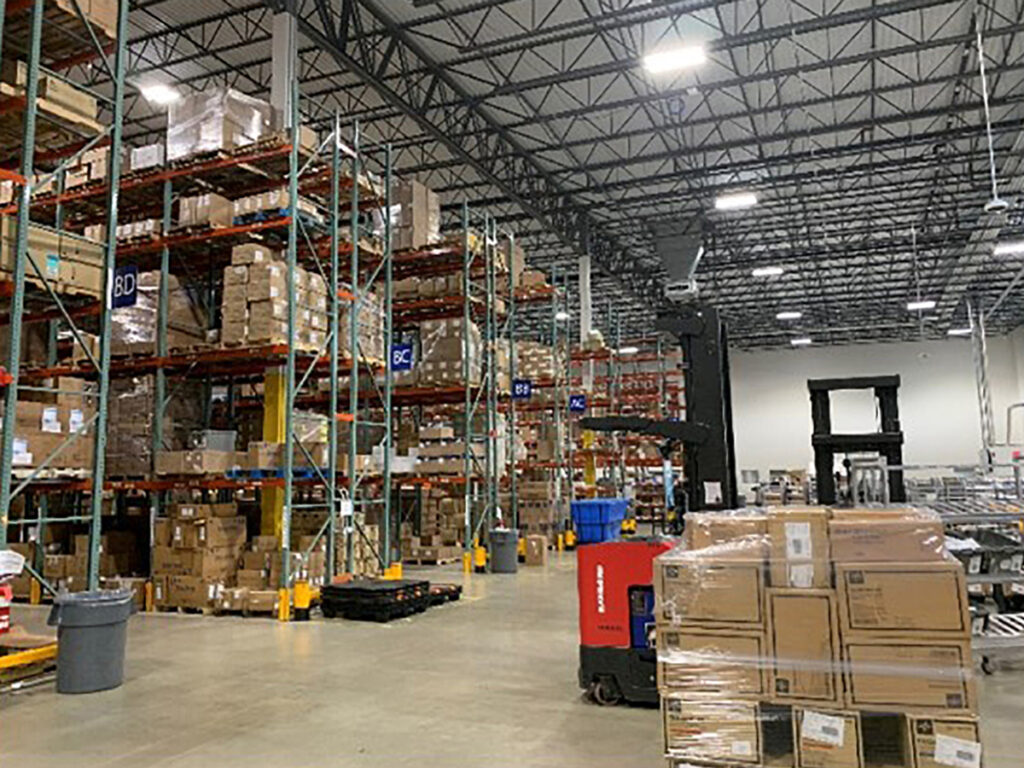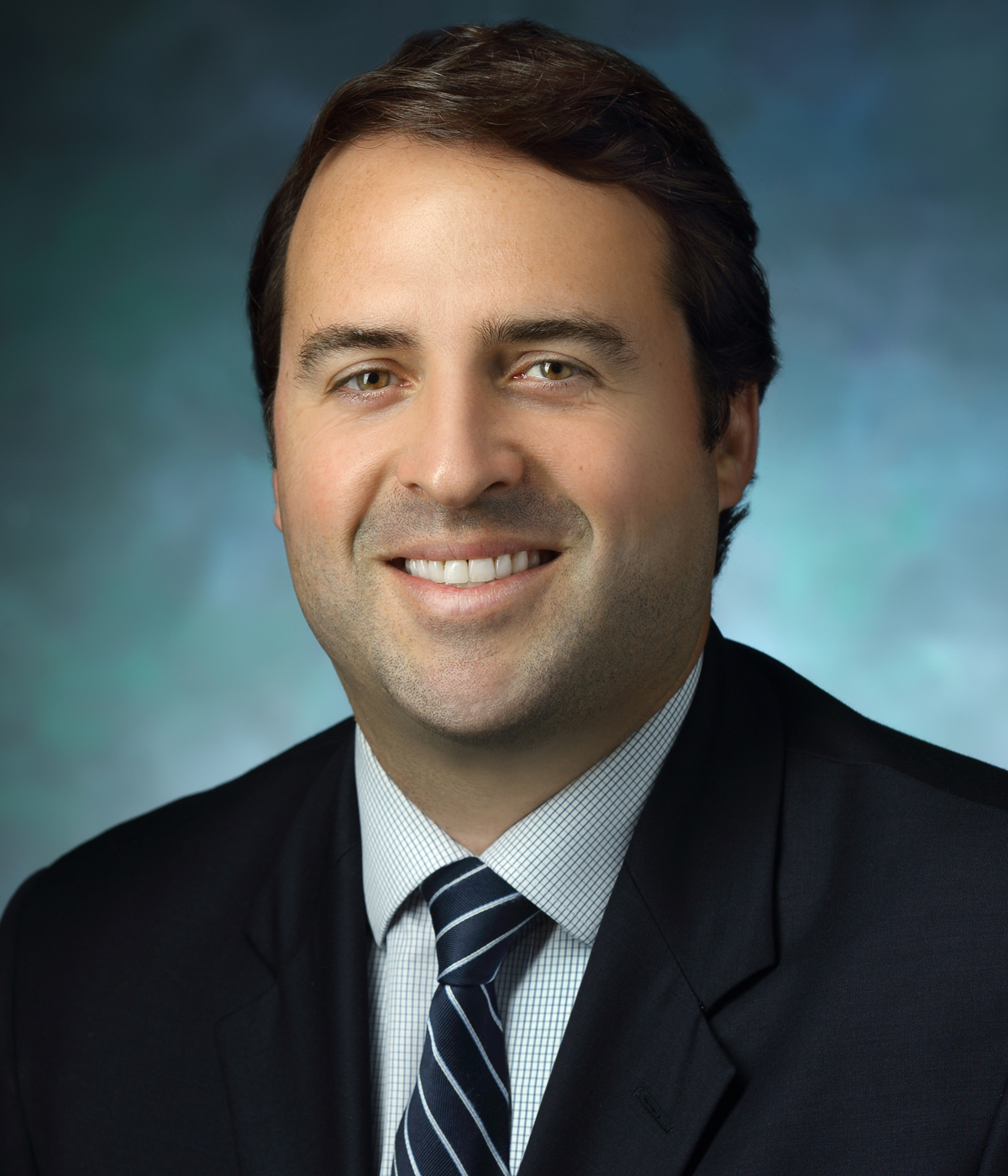Multitiered analytics tool helps Johns Hopkins maintain its supplier resiliency.
October 2022 – The Journal of Healthcare Contracting
BY DANIEL BEAIRD

Historically, Johns Hopkins Health System has had a fragmented supply chain reporting structure. And a few of its hospitals today have legacy structures in place for ORs and Cath labs with their own supply chains.
This can create varying degrees of sophistication using an ERP system and leveraging analytics and inventory management strategies. But transition is underway to a central reporting structure to manage supplies and mitigate disruptions.
“We have a broader strategy to integrate our supply chain across our health system, so it isn’t autonomous at each hospital,” said Burton Fuller, vice president and chief supply chain officer of Johns Hopkins Health System. “We’re modifying the process as we go through this integration effort. But the pandemic has made the conversations easy.”
State-of-the-art CSC
Johns Hopkins opened its state-of-the-art, 165,000-square-foot Consolidated Service Center (CSC) in June 2018 as part of its Enterprise Supply Chain Strategic Plan, supporting five hospitals in Maryland and the District of Columbia by May 2020. It also supports Johns Hopkins surgery centers and most of its 45 clinics.
“The CSC was a physical point of orientation that brought our hospitals together during the pandemic. We were able to use that space to manage our own allocation process for our hospitals,” Fuller said.
It continues to provide space needed for Johns Hopkins to advance inventory positions on critical supplies that have been disrupted due to global supply chain challenges. Its supply chain team has identified close to 1,000 product substitutions and increased inventory levels to seven to nine weeks. This has mitigated the risk of stockouts due to port congestions and other logistical challenges, including labor shortages, during the past year.
“We have a clinically integrated process for evaluating product substitutions,” said Allen Passerallo, senior director of sourcing for Johns Hopkins Health System. “Our internal processes identify substitutions and procure enough product so our clinicians can take care of our patients.”
Johns Hopkins used its supply planning and demand planning to full effect during the early stages of the pandemic when shortages affected PPE before expanding into other categories.
“That was relatively new for our organization, but we were able to leverage that structure by having people focused on the inbound levels in relation to demand, while modifying our inventory management practices in real time,” said Robert Jones senior director of logistics and distribution. The health system used these analytics to track any PPE shortages, risks and exposures. Then, used them to identify contract manufacturers to purchase from directly overseas.
Information from its CSC allowed Johns Hopkins to acquire up to six months’ worth of product. “No hospital had to convert their exam glove usage more than one time,” Fuller said. “We would convert them to one brand, allow them to use it for six months to nine months, run through the inventory and then convert back to our preferred glove.”
Categories that have been adversely impacted by recent global dynamics, like suction canisters and infant formula, have been managed from the CSC under the vendor’s allocation process. Aggregating the allocation for the enterprise at the CSC allows for Supply Chain to release product based on demand and not by a single hospitals desire to create its own safety stock. It in essence becomes a shared safety stock.
Pandemic learning
He says they learned early in the pandemic that accurate and detailed analytics can provide insights into how much is needed, when it is needed, and who within the Johns Hopkins health system has it. Fuller reports into a physician executive which is critical to ensuring and maintaining alignment clinically and operationally when navigating the challenges and change. Having alignment with Johns Hopkins’ leadership allows the supply chain team to rapidly communicate concerns and challenges.
“The number of substitutions we have to consider every day is much more than it was three years ago,” Passerallo said. “We have a daily backorder substitution meeting involving various divisions within supply chain. We review products and we’re fortunate to have some registered nurses on our value analysis team that assist the organization in identifying product substitutions. We make sure alternative products considered meet the clinical threshold.”
Value analysis and sourcing processes maintain a clinically approved substitution database. Strategic sourcing initiatives leverage clinical input through the value analysis process and allow the sourcing team to collect detailed product attributions assisting in identifying products that are clinically acceptable and preapproved as a substitute. Product attributes include size, material composition, and sterility, as well as specific attributes such as thread size and spacing of a spine implant screw.
Supply Chain partnered with the Enterprise Business Solutions team at Johns Hopkins in launching a web-based desktop and mobile app based on its ERP system, allowing end users to see products stocked out, substitutions with images and ordering information. This will allow the identification of critical product information like IFUs, dispersion plans and allocation allotments.
“The value analysis team works in partnership with clinicians for any ongoing education and training needed prior to the distribution of a substitution product,” Passerallo said.
Deloitte’s CentralSight™ Supply Chain Analytics Tool

Johns Hopkins uses Deloitte’s 12-tiered CentralSight™ supply chain analytics tool. It helps visualize a manufacturers relationship and reliance on various suppliers, their its geographic location and the role a supplier plays in the production of a finished good.
It tackles the ability to visualize a specialized supplier ecosystem to identify risks critical to cost, schedule, performance, security and resiliency by uncovering multitiered, geographically disaggregated supplier networks in hours and days. This is accomplished through machine learning, social media exploitation, deep web diligence and curated subscription proprietary diligence databases.
“We use it to identify various tier levels of manufacturing and to be proactive against disruptions,” Passerallo said.
“For example, we were notified of disruptions due to the Russia-Ukraine war and it guided us to advance our inventory positions in some categories on products because certain types of metal had a large portion of raw materials generating from the Russia-Ukraine market.”
That’s why Johns Hopkins extended its inventory position on select categories to 7-9 weeks. According to Passerallo, that kind of information is invaluable.
“They identified the various tier levels of suppliers for the final goods and production,” he said. “An example is suction canisters. A supplier brought forward and opportunity for Johns Hopkins to switch to them for our suction canisters. Utilizing CentralSight, we could see that their manufacturing process was reliant on a single tier 2 supplier. Our current supplier was more diversified in their manufacturer process with multiple tier 2 and tier 3 suppliers in 3 different countries. This diversification provided us with a comfort level that the potential for disruption was less with our incumbent supplier as opposed to switching to a supplier that was not diversified in their manufacturing process. So, you hedge and say if something was to happen in one of those manufacturing plants or cities, we’re better off with our incumbent supplier.”
Advanced notice on raw materials
Passerallo says that while there’s discussion about sourcing domestically, a lot of raw materials come from overseas and Deloitte’s CentralSight™ allows Johns Hopkins to have the data to make smarter decisions when coming to contract.
“We wouldn’t have known that propofol, for example, was identified as a potential risk area due to the Russia-Ukraine war if not for this supplier resiliency tool,” he added. “If we would have switched from our primary supplier to another supplier who shares the same tier 2 supplier in Russia, we may have been in the same position of having the challenge of procuring propofol.”
Getting 24 to 48 hours advance notice can be the difference between buying product versus going on allocation and running the risk of not being able to treat patients or sourcing an alternative product.
“This is a service that enables us to get data from multiple means,” Passerallo said. “It helps us assess potential risk, gives us advance lead time and mitigates some challenges in getting product. It makes us a smarter supply chain at the end of the day.”
It has also helped Johns Hopkins integrate and standardize more than 30 product categories. “We standardized endo mechanical-surgical products over a year ago, and we have seen the manufacturer diversify into more countries and different ports of operations to mitigate their risk. I think that’s really important,” Passerallo said. “It helps us assess opportunities to partner with the right supplier.”



